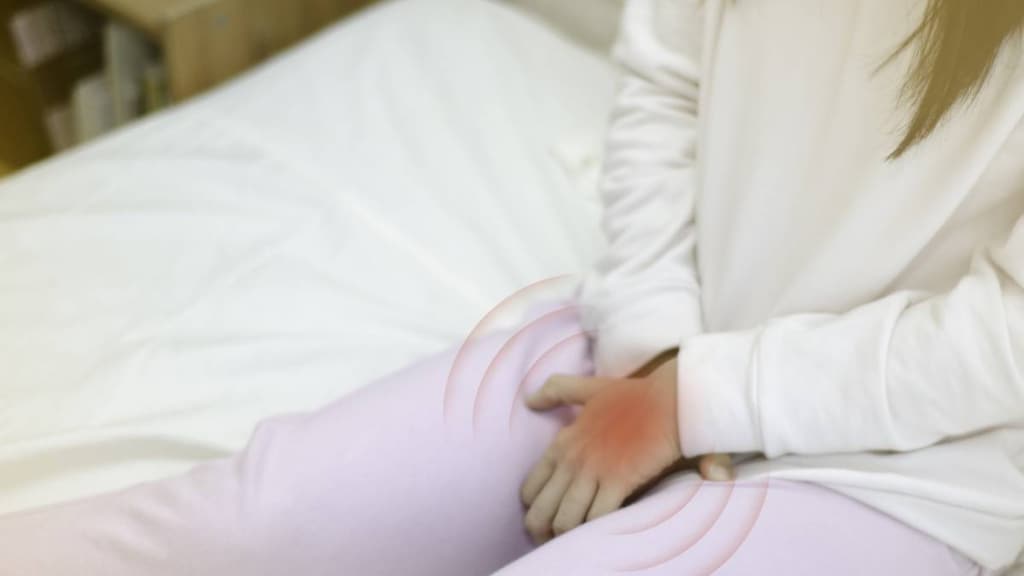Dosage Forms
Excipient information presented when available (limited, particularly for generics); consult specific product labeling.
Cream, Vaginal, as nitrate:
Gynazole-1: 2% (5 g) [contains edetate disodium, methylparaben, propylene glycol, propylparaben]
Pharmacology
Mechanism of Action
Inhibits biosynthesis of ergosterol, damaging the fungal cell wall membrane, which increases permeability in susceptible fungi (Candida), causing leaking of nutrients
Pharmacokinetics/Pharmacodynamics
Absorption
~2%
Time to Peak
Plasma: 12 to 24 hours
Use: Labeled Indications
Vulvovaginal candidiasis: Local treatment of vulvovaginal candidiasis due to Candida albicans
Contraindications
Hypersensitivity to butoconazole or any component of the formulation.
Documentation of allergenic cross-reactivity for drugs in this class is limited. However, because of similarities in chemical structure and/or pharmacologic actions, the possibility of cross-sensitivity cannot be ruled out with certainty.
Dosage and Administration
Dosing: Adult
Vulvovaginal candidiasis: Intravaginal: Insert 1 applicatorful (∼5 g) intravaginally as a single dose
Dosing: Geriatric
Refer to adult dosing.
Administration
Intravaginal: Use applicator provided by manufacturer. Insertion should be as far as possible into the vagina without causing discomfort.
Storage
Store at 25°C (77°F); excursions permitted between 15°C to 30°C (59°F to 86°F). Avoid temperatures >30°C (>86°F).
Drug Interactions
Progesterone: Antifungal Agents (Vaginal) may diminish the therapeutic effect of Progesterone. Avoid combination
Adverse Reactions
Frequency not defined.
Gastrointestinal: Abdominal cramps, abdominal pain
Genitourinary: Pelvic pain, vulvovaginal burning, vulvovaginal disease (soreness), vulvovaginal pruritus
Local: Local swelling
Warnings/Precautions
Dosage form specific issues:
- Vaginal cream: Contains mineral oil that may weaken latex or rubber (condoms or diaphragms); use of these products within 72 hours of treatment is not recommended.
Other warnings/precautions:
- HIV infection consideration: HIV infection should be considered in sexually-active women with difficult to eradicate recurrent vaginal yeast infections.
Pregnancy
Pregnancy Risk Factor
C
Pregnancy Considerations
Adverse events have been observed in some animal reproduction studies. Following vaginal administration, small amounts are absorbed systemically. Single dose, topical azole regimens are not recommended for the treatment of vulvovaginal candidiasis; only topical azole therapies with 7 day regimens are recommended in pregnant women with vulvovaginal candidiasis. This product may weaken latex or rubber condoms or diaphragms (CDC [Workowski 2015]).
Patient Education
- Discuss specific use of drug and side effects with patient as it relates to treatment. (HCAHPS: During this hospital stay, were you given any medicine that you had not taken before? Before giving you any new medicine, how often did hospital staff tell you what the medicine was for? How often did hospital staff describe possible side effects in a way you could understand?)
- Patient may experience vaginal irritation, burning, abdominal pain, pelvic pain, or abdominal cramps (HCAHPS).
- Educate patient about signs of a significant reaction (eg, wheezing; chest tightness; fever; itching; bad cough; blue skin color; seizures; or swelling of face, lips, tongue, or throat). Note: This is not a comprehensive list of all side effects. Patient should consult prescriber for additional questions.
Intended Use and Disclaimer: Should not be printed and given to patients. This information is intended to serve as a concise initial reference for health care professionals to use when discussing medications with a patient. You must ultimately rely on your own discretion, experience, and judgment in diagnosing, treating, and advising patients.

